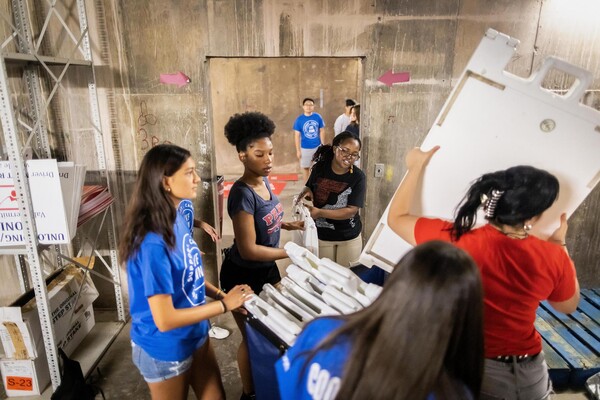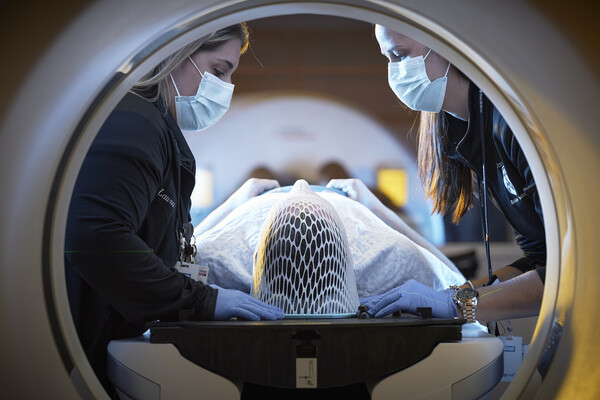Modeling lab gets new digs
This summer the Cartographic Modeling Laboratory (CML) settled into a new home on the second floor of the School of Social Work’s Caster Building. The move, from cramped quarters in Meyerson Hall, gives CML’s staff more room to breathe as well as vital space for the computing technology that drives its data-gathering, mapping and analyzing work. It also underscores how much this interdisciplinary initiative has grown.
Originally part of the School of Design, the lab got its start in 1990 as a project by a group of city and regional planning doctoral students under the direction of landscape architecture professor Dana Tomlin.
Since 1995, CML has partnered with the School of Social Work on projects such as NeighborhoodBase, a comprehensive web site (seven years in the making) with maps and data on housing and land use throughout Philadelphia. The lab also contracts with researchers throughout the University who use its data and spatial analysis expertise for their own research projects.
Data you can use
The catalyst for the joint venture between the two schools was Dennis Culhane, professor of social welfare policy in the School of Social Work. Culhane had amassed a large database on housing factors associated with homelessness. “I was looking for anyone on campus who could take this data and get maps out of it,” says Culhane. “CML at that time [1995] was essentially a student and two computers.”
Culhane, now one of the lab’s two faculty co-directors (Tomlin is the other), sees the lab’s mission as simple but unique. “We’re archiving the administrative records and broadcasting them back to public agencies, city government, community groups and the public in a usable way,” he says.
Most of CML’s projects—including a database developed with the Graduate School of Education on the social environments in which the city’s children are growing up—center on Philadelphia. To those who say that’s too parochial, Culhane says, “Philadelphia is a very heterogeneous place. We have a lot of the variations in environmental circumstance that we’re looking for.”







